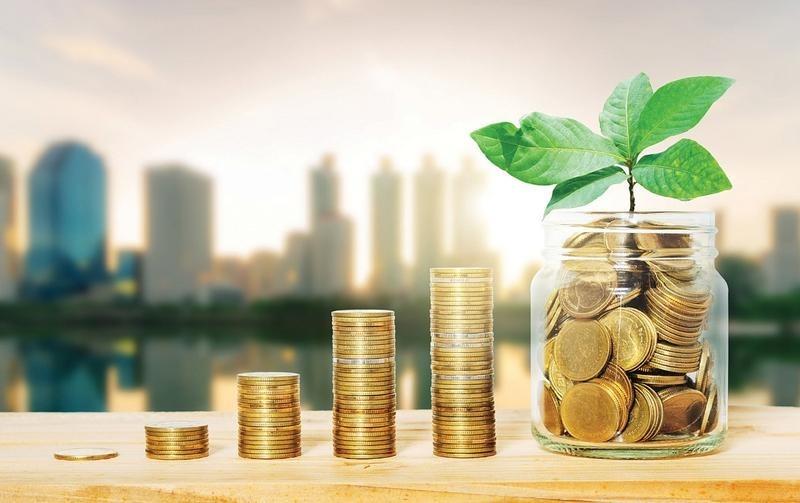 China's green finance market has so far been dominated by green credit. (PHOTO / IC)
China's green finance market has so far been dominated by green credit. (PHOTO / IC)
China has continued to increase green bond issuances since the beginning of this year, driven by its pledges to peak carbon dioxide emissions by 2030 and achieve carbon neutrality by 2060.
In the first quarter, 132 labeled domestic green bonds were issued in the primary market of the country, up 63 percent from the same period of 2021. The value of green bonds issued rose 90 percent year-on-year to 224.86 billion yuan ($35.05 billion), said a report released by China Chengxin Green Finance Technology (Beijing) Ltd on April 15.
According to a survey recently conducted by the monthly China Bond magazine, 45 percent of survey participants expect the volume of green bond issuances to double this year. Ninety-four percent of investors said they will pay close attention to green bonds, and 8 percent of investors said they have specifically developed investment strategies for green bonds.
China's green finance market has so far been dominated by green credit. As of the end of 2021, the country's outstanding green loans reached 15.9 trillion yuan, and its outstanding domestic green bond issuances hit 1.7 trillion yuan, said Nicole Zhou, senior partner at McKinsey & Company, as the global management consulting firm issued a report on Tuesday.
Green bonds have tremendous room for growth in China at a fast pace, considering that the outstanding green bond balance makes up only a tiny proportion-about 1.3 percent-of the outstanding value of China's bond market, said Zhang Xiaoyan, a professor of finance and associate dean of the PBC School of Finance at Tsinghua University, at the 2022 Tsinghua PBCSF Global Finance Forum on April 16.
Finance will play a key role in China's transition toward a carbon-neutral economy, said Zhu Min, chairman of the National Institute of Financial Research at Tsinghua University.
"Carbon neutrality is actually subverting China's established pattern of economic development and economic structure to rebuild a new one in the future. While the overall economy is moving from a high-carbon to low-carbon pattern, energy reforms and economic innovations will restructure the manufacturing sector," Zhu said at the forum.
"During the process, the financial sector must adapt to the development of the real economy. The main reform measures include building a macro-financial management framework and constructing a zero-carbon financial risk management system," he said.
The country should promote financial institutions to enhance their capabilities to analyze risks associated with the shift to a zero-carbon economy, change the existing risk management model, strengthen zero-carbon infrastructure and encourage disclosure of information about zero-carbon finance, he said.
Fang Xiyuan, partner at McKinsey & Company, said: "Environmental, social and governance (ESG) is a global challenge which requires local solutions. It is necessary for China to follow international standards regarding the integration of ESG transition with capital markets and explore local solutions at the same time."
China should try to bring its ESG standards in line with international practice. On this basis, the country needs to build an ESG rating system with Chinese characteristics. Policymakers and major financial institutions, including foreign institutions, should combine their efforts to bring the Chinese ESG rating system to international markets, Fang said.
jiangxueqing@chinadaily.com.cn


